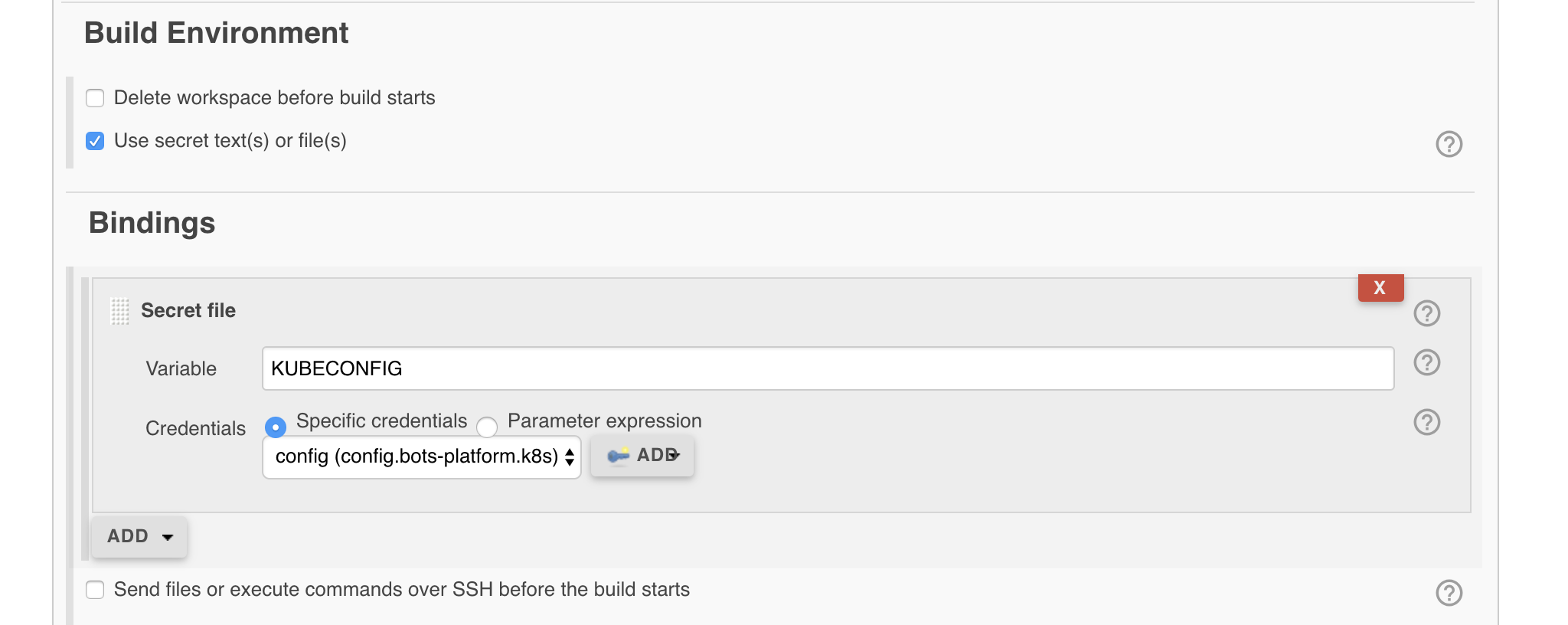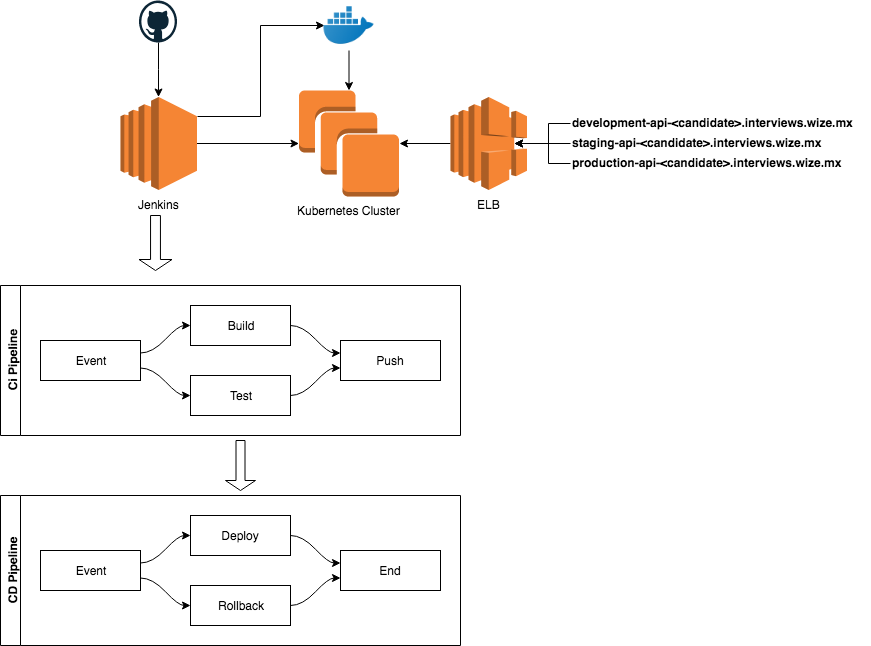Welcome to the Wizeline DevOps task.
This repository contains an API skeleton where you can add your code, choose the language of your preference.
-
Demonstrate you have great coding and operation skills, no matter which technology stack is used.
-
This is not an exam, this is more a task that has been assigned to you, so you can ask us at anytime.
-
Communication is important, if you don't have technical problems make sure to share your progress.
You need to complete a functionality in our API that provides some help to the networking team.
The API has 3 missing endpoints, the first endpoint converts Subnet Mast to CIDR format, the second endpoint return the CIDR value of a given Subnet Mask and finally the third endpoint simply validates an IPv4.
e.g.
curl localhost/cidr-to-mask?value=24
{
"function": "cidrToMask",
"input": "24",
"output": "255.255.255.0"
}
curl localhost/mask-to-cidr?value=255.255.0.0
{
"function": "maskToCidr",
"input": "255.255.0.0",
"output": "16"
}
curl localhost/ip-validation?value=255.255.0.0
{
"function": "ipv4Validation",
"input": "255.255.0.0",
"output": true
}
- Complete the following endpoints.
/mask-to-cidr?value=<VALUE>/cidr-to-mask?value=<VALUE>
- The following endpoint is not required for this phase.
/ip-validation?value=<VALUE>
- Make sure your tests are passing
- Add missing tests
- You should pick one from a list of available languages.
- Define a CI pipeline.
- Ideally the pipelines must be checked in code (Jenkinsfile or Scripts).
- Automate your tests every time a change is pushed to the repository.
- Avoid buggy code to be deployed.
- Build your artifacts (docker images) and store them in a registry with appropriate tagging.
- Protect your branches.
- Define your CD pipeline.
- Deploy to your Production Environment based on your defined strategy.
- Manage stage as production.
- Deploy to your Testing Environment before deploying to stage or production.
- Deploy with no downtime in production.
You will have access to the following:
- Jenkins server
- Kubernetes Cluster
- During the Task Presentation, the Wizeline team will provide:
- Jenkins address, username and password.
- Information of the Docker Servers
- Credentials for the kubernetes cluster.
- URL: http://jenkins-YOUR_NAME.interviews.wize.mx
- User:
admin - Password:
bNmAZkd69hc8Yjhfsetgcj2dJH
- Docker is already integrated with Jenkins, in a job you could use this command to build an image
docker build -t my-image:some-tag .
- You will need to push data to a remote docker registry, for this you will need to do the following
docker tag my-image:some-tag wizelinedevops/my-image:some-tag
docker push wizelinedevops/my-image:some-tag
Note: This only works from jenkins.
In this section you will need to know.
-
How to deploy to kubernetes.
-
The kube config file.
-
The candidate must create a secret file in jenkins with the provided configuration file and use it as a parameter for
kubectl.- Jenkins > Credentials > System > Global Credentials
- Jenkins Security
Note: Make sure to use kubeconfig with the value set up in the Jenkins Credentials Section.
- Update the version of the image in the kubernetes cluster, e.g.:
kubectl --kubeconfig=${KUBECONFIG} --namespace=<ENVIRONMENT> set image deployment/api api=wizelinedevops/api:tag
Note: This only works from jenkins.
- Dev:
development-api-<YOUR_NAME>.interviews.wize.mx - Stage:
staging-api-<YOUR_NAME>.interviews.wize.mx - Production:
production-api-<YOU_NAME>.interviews.wize.mx

